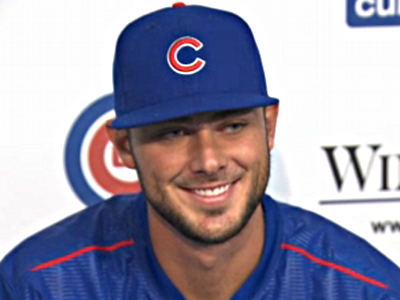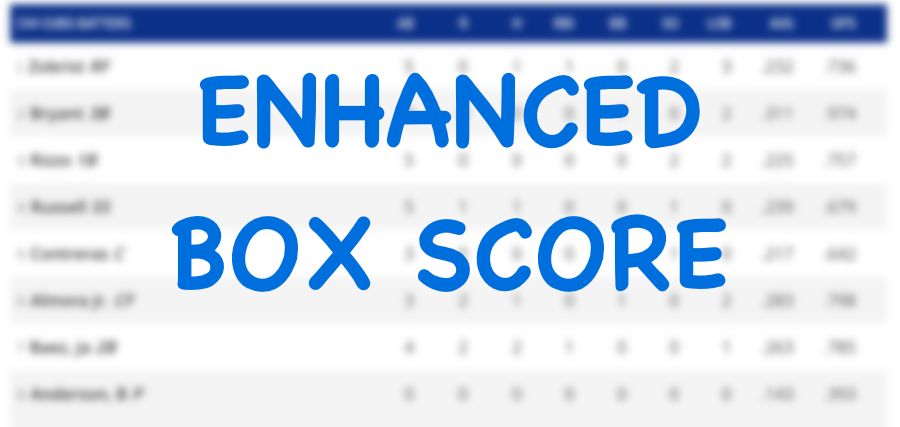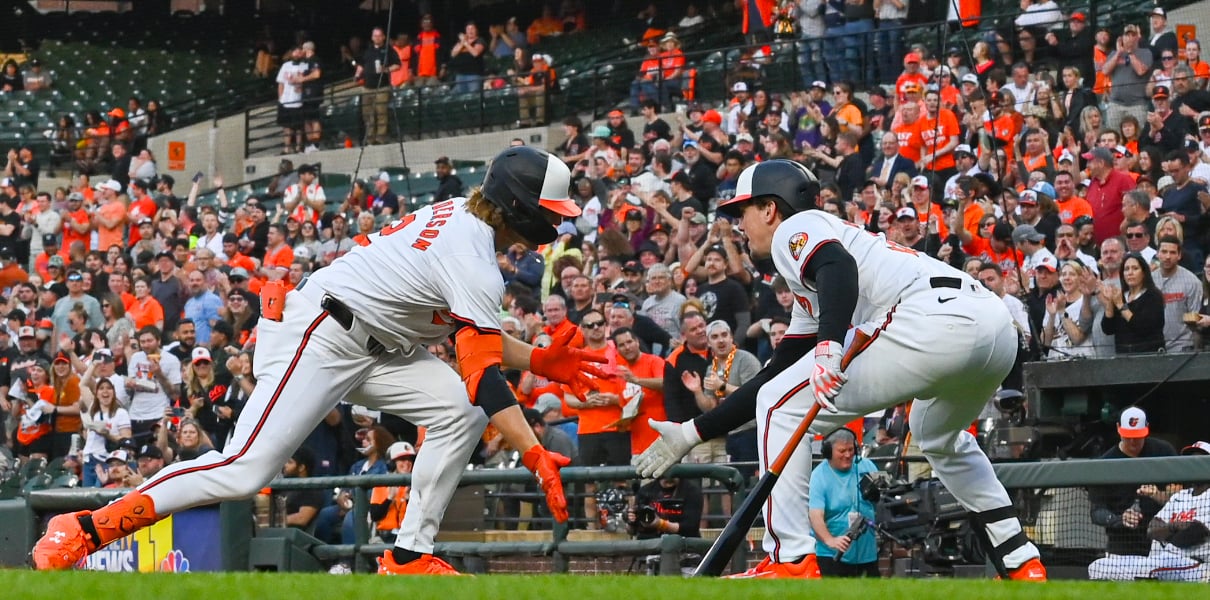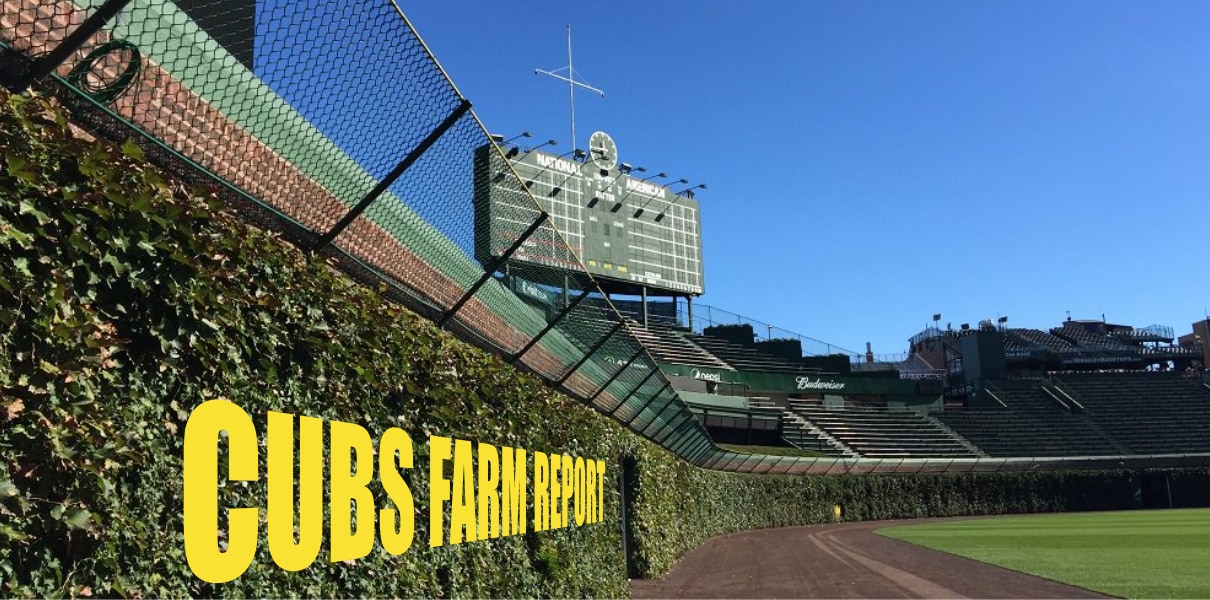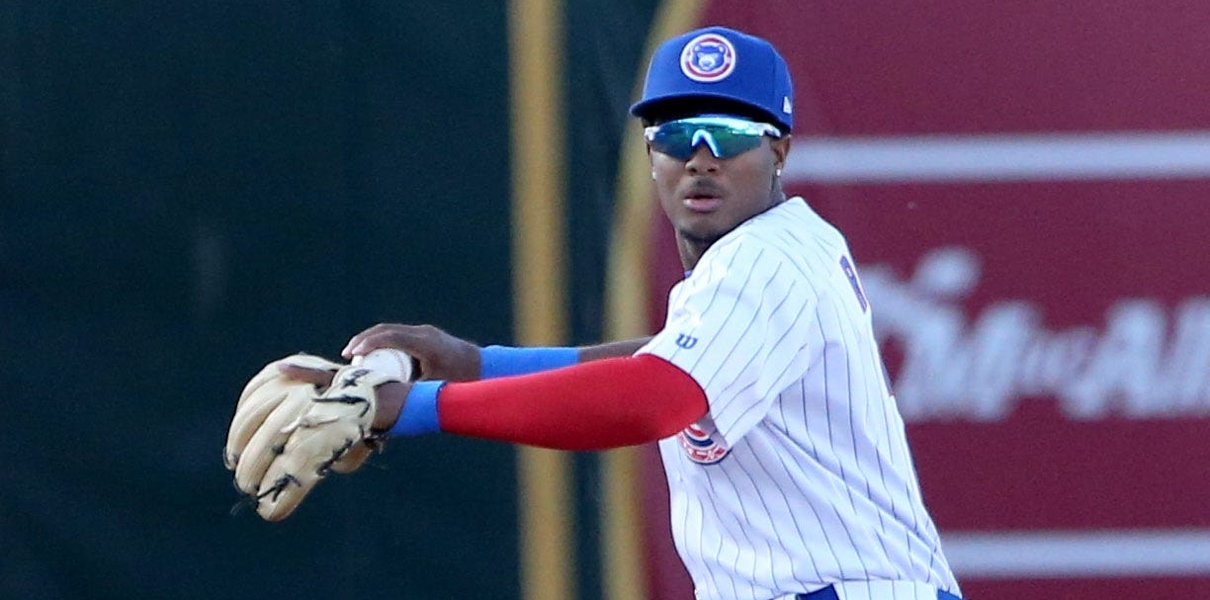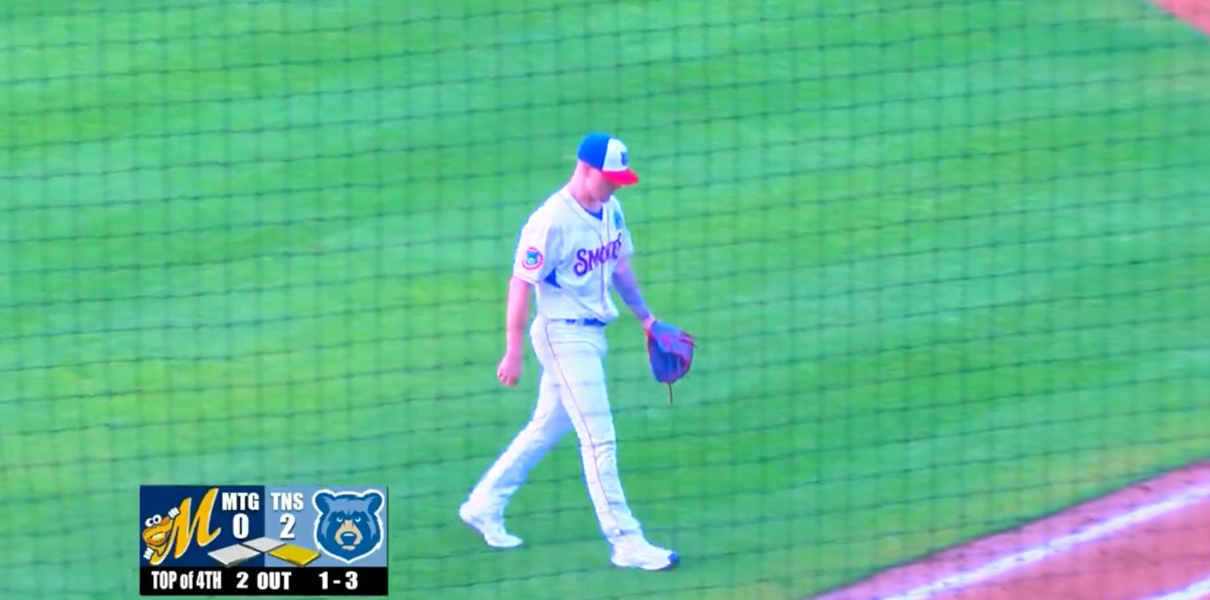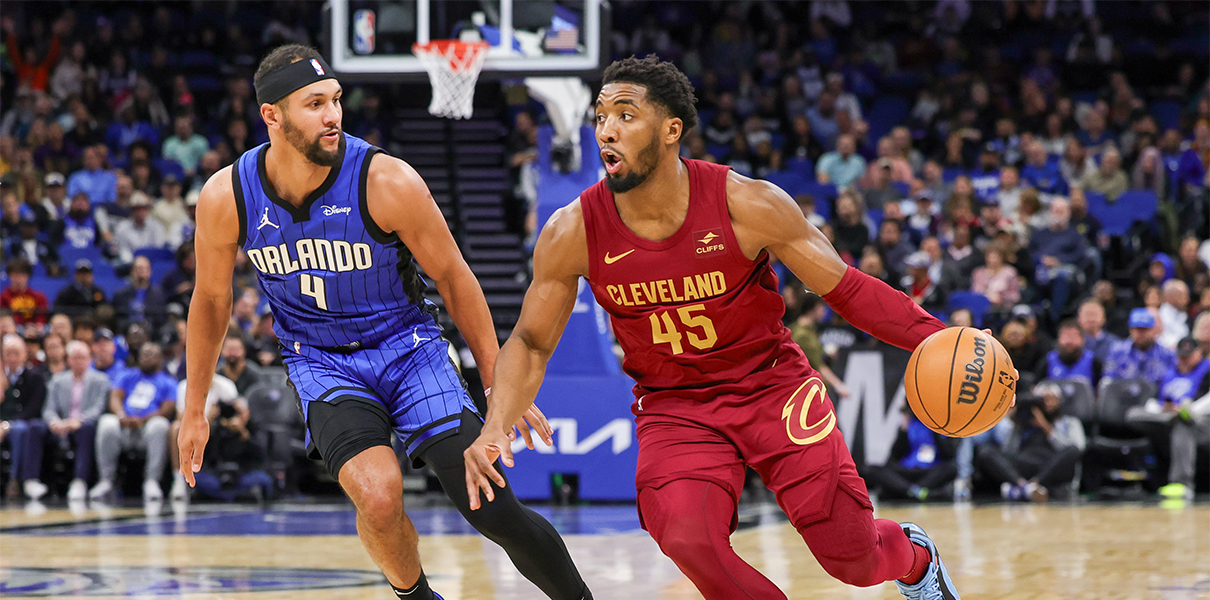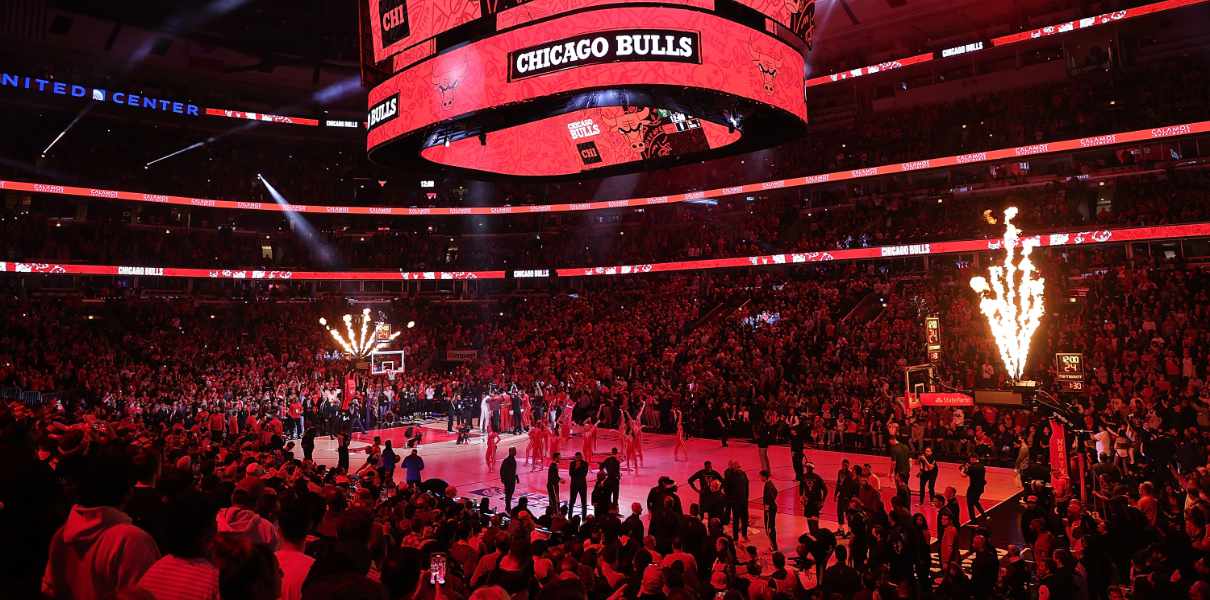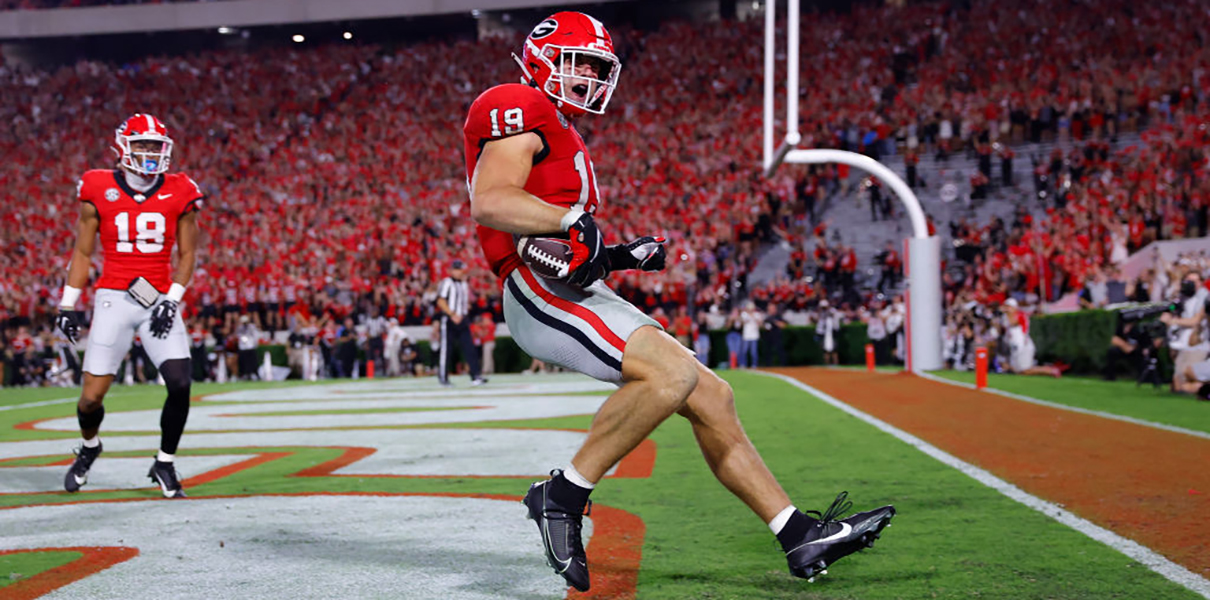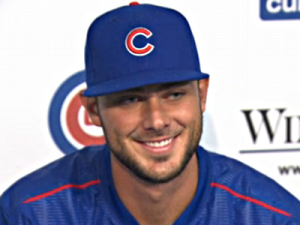
And if his minor league history (26.6 percent strikeout rate in 181 games) is any indication, he will likely strike out quite a bit in the big leagues. We saw it again last night when Bryant fanned his first two times to the plate.
It isn’t as if Bryant can’t be productive despite a high strikeout rate. However, one should come to grips that strikeouts are — and will always be — a part of Bryant’s game. It might not be easy to do so after a spring of hype and home runs, but it is something that we, as a collective, should come around to accepting sooner, rather than later.
The first step toward acceptance is understanding. And a great place to start understanding might be to check out the FanGraphs glossary for a full explanation of K% and BB%, in addition to how and why they are used.
Know that Bryant struck out in 26.6 percent of his minor league plate appearances, but also realize he walked 12.8 percent of the time. And, while the 26.6 percent strikeout rate is somewhere between poor and awful, the 12.8 percent walk rate is somewhere between great and excellent.
Bryant has whiffed in 27.3 percent (that’s bad) and walked in 20.8 percent (that’s crazy good) of his 77 big league plate appearances. He has also seen an average of 4.38 pitches per plate appearance, which happens to be the highest rate on the Cubs, and the sixth highest rate in the National League.
That is definitely good.
ZiPS, Steamer and Fangraphs each have Bryant projected to still hit 20 or more home runs this season despite the fact he has been held without a homer in his first 17 games. Considering we are looking at a player who homered once every 14.05 plate appearances in the minor leagues, he is bound to run into one one of these days.
Since 2009, there have been 17 players to hit 20 home runs or more in their rookie season. Ten of the 17 had strikeout rates of 22 percent or higher, which would rate as below average or worse. George Springer’s rookie season in 2014 ranks on the high end of that list with a 33 percent strikeout rate. The only two players who didn’t have a strikeout rate in the 20 percent range, thus setting them in the above average category: Yoenis Cespedes (18.9 percent) and Gaby Sanchez (15.6 percent).
Also in the 30 percent range: Giancarlo Stanton’s rookie season, in which he struck out in 31.1 percent of his plate appearances. Both players made up for their strikeout woes by posting average or above average walk rates. Springer walked in 11.3 percent of the time, while Stanton drew a free pass in 8.6 percent of his plate appearances.
Overall, the average walk rate for those players was 8.0 percent, while the average strikeout rate is 23.9 percent.
High strikeout rates for sluggers is nothing new, especially for rookies.
In 2014, the strikeout rate for rookies was 23.2 percent, while the walk rate was 6.3 percent. The strikeout rate for rookies has been 20 percent or higher every year since 2008. On the other hand, walk rates have been below 8 percent in each of the last five seasons.
Kris Bryant is doing just fine.



